Small Pelagic Fish vs. Large Pelagic Fish: Crucial Roles in Marine Ecosystems
By. Alfian - 28 Aug 2025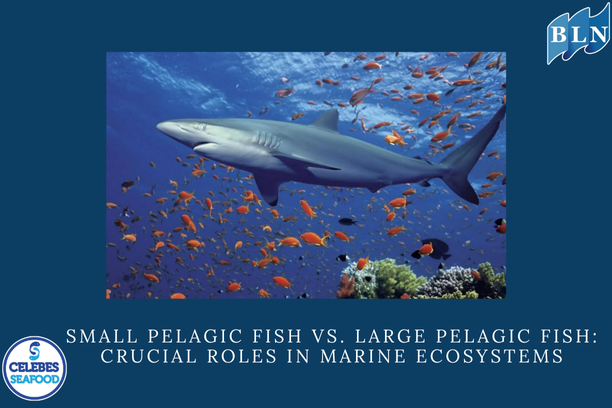
lautnusantara.com In the vast oceans, pelagic fish—those that live in the water column and not near the seafloor—play a crucial role. This role can be distinguished by their size: small pelagic fish and large pelagic fish. Both serve complementary and crucial functions in maintaining the balance of the marine ecosystem.
The Role of Small Pelagic Fish: The Foundation of the Food Chain
Small pelagic fish such as sardines, anchovies, herring, and mackerel often swim in large schools called schools. These schools form a huge biomass, making them a primary food source for almost all marine predators.
- Bridge Between Trophic Levels: These fish act as a crucial bridge, converting energy from primary producers (phytoplankton and zooplankton) into biomass that can be utilized by larger carnivores. They feed on plankton, which is then eaten by larger fish, marine mammals, and seabirds. Without them, energy would not be efficiently transferred to higher trophic levels.
- Predator Population Support: Tuna, marlin, sharks, dolphins, sea lions, and penguin populations are heavily dependent on the abundance of small pelagic fish. A decline in small pelagic fish populations will lead to mass starvation and a decline in the populations of top predators.
The Role of Large Pelagic Fish: Control and Balance
Large pelagic fish, such as tuna, marlin, sailfish, and pelagic sharks, occupy the top of the food chain. They are apex predators and play a vital role in controlling populations.
- Population Control: As predators, large pelagic fish help control the populations of fish below them, including small pelagic fish. This prevents any one species from becoming too dominant and disrupting the ecosystem's balance.
- Ecosystem Health Indicator: The presence of healthy numbers of large pelagic fish is often an indicator of a healthy marine ecosystem and an intact food chain. Declining populations can be a sign of serious problems at the bottom of the ecosystem, such as overfishing or climate change.
Thus, both small and large pelagic fish play unique and irreplaceable roles. The two form a symbiosis that keeps the oceans productive and stable. Disruption of one group, whether due to overfishing or environmental factors, can have a domino effect that damages the entire ecosystem.
If you are interested in our Robinson Sea Bream Fillet Skin On please do not hesitate to contact us through email and/or whatsapp.
.jpg)
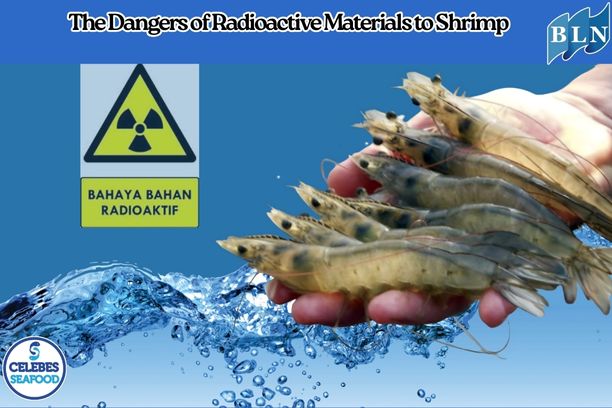
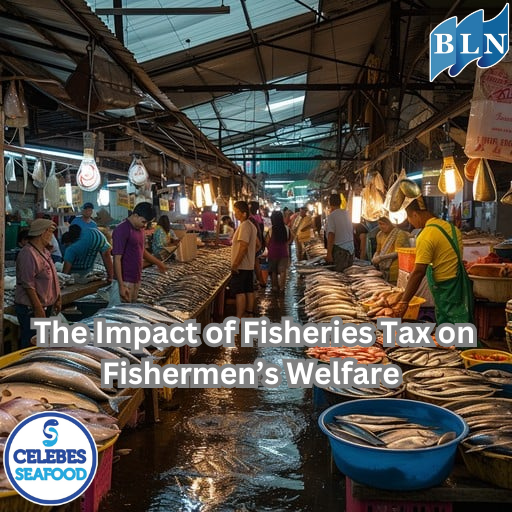
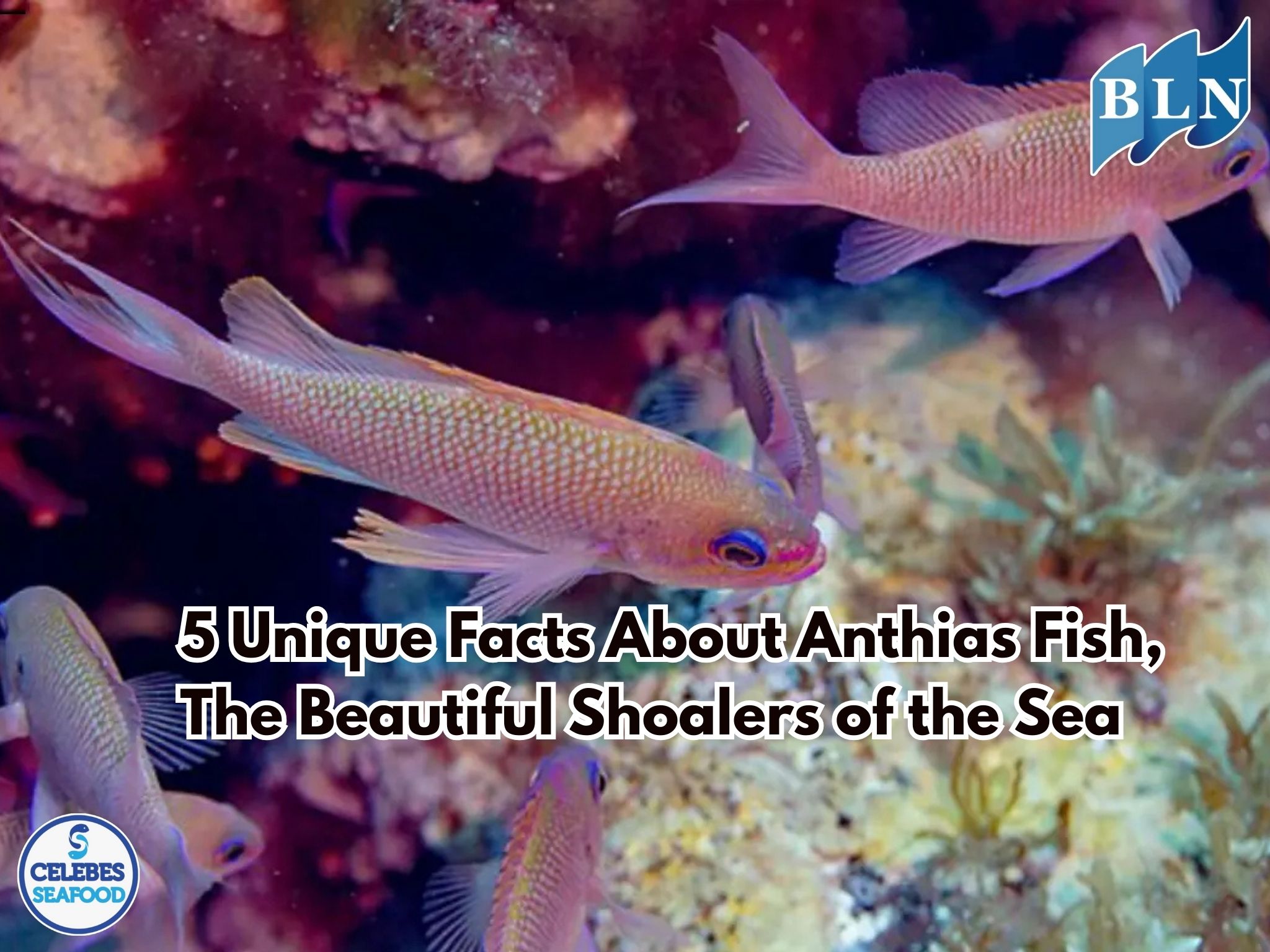
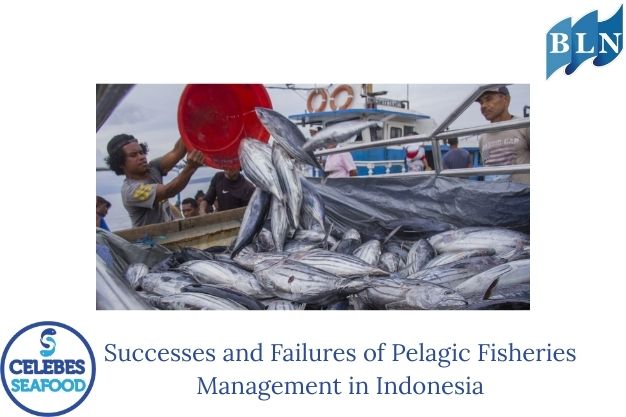
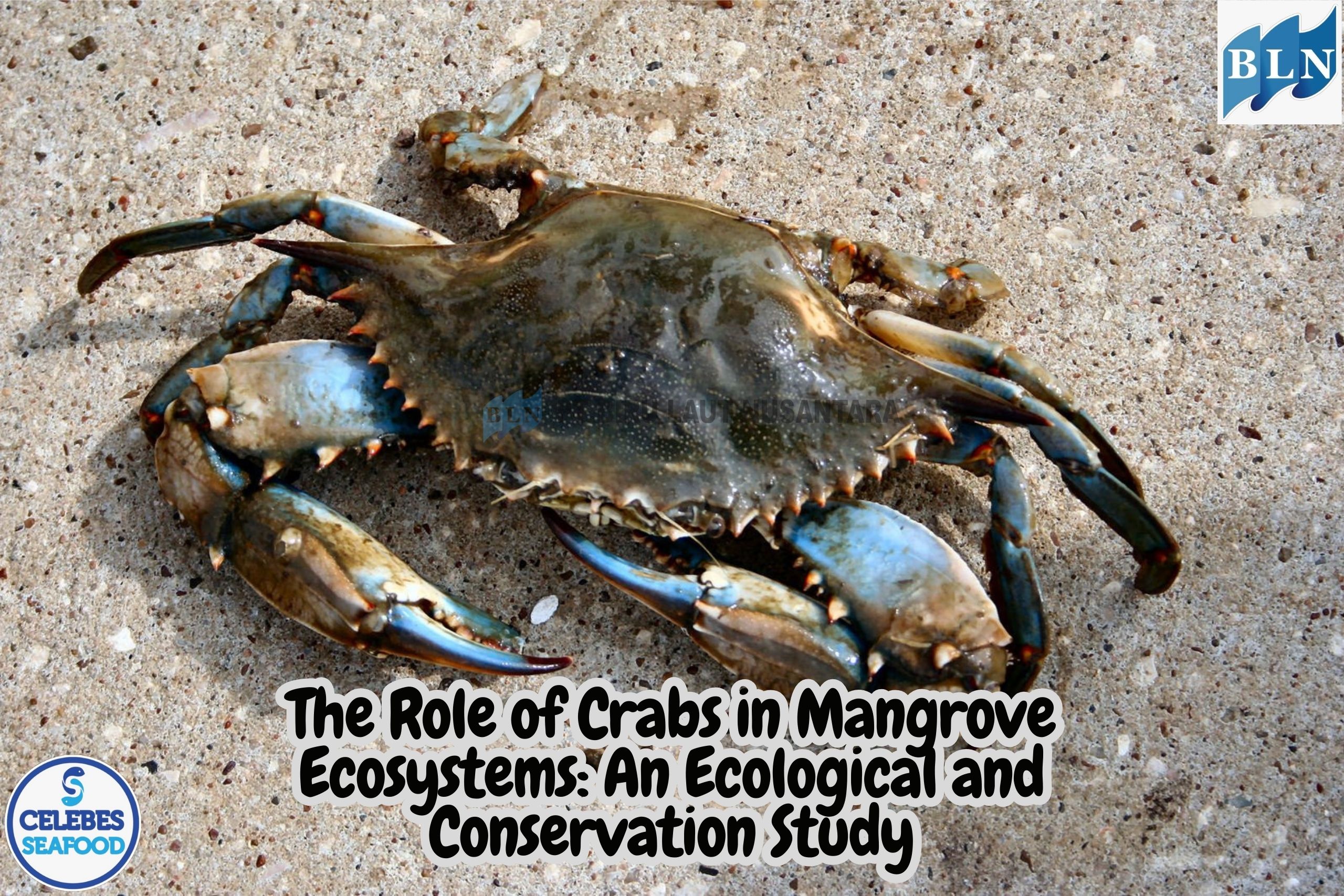

 on the Seabed.jpg)